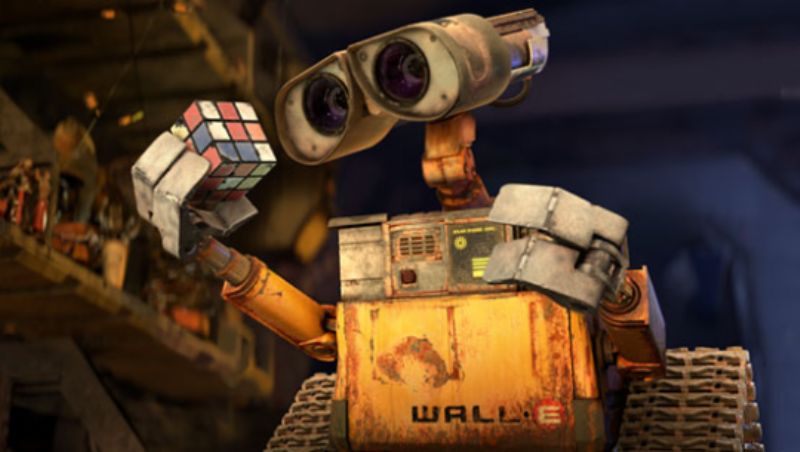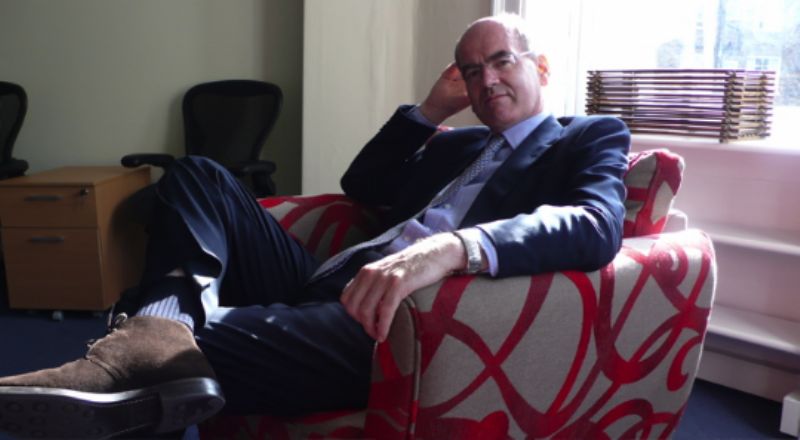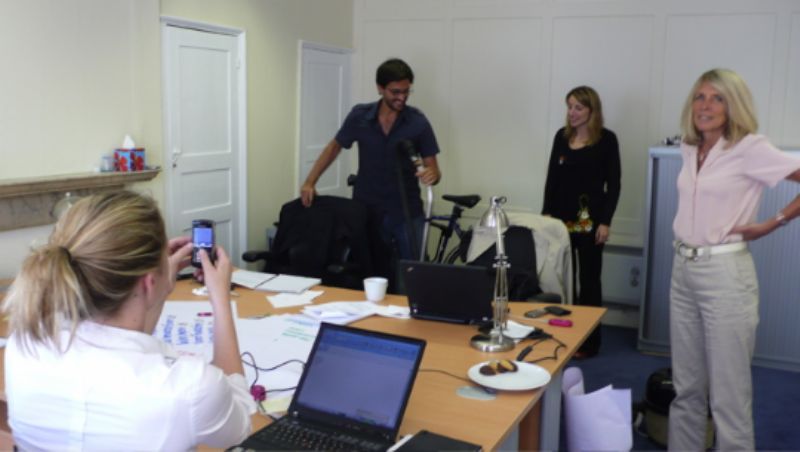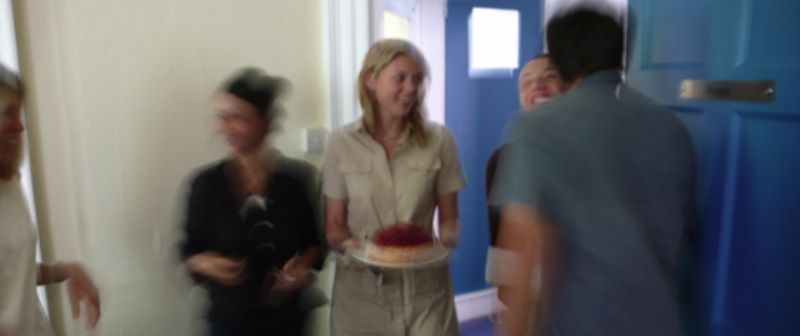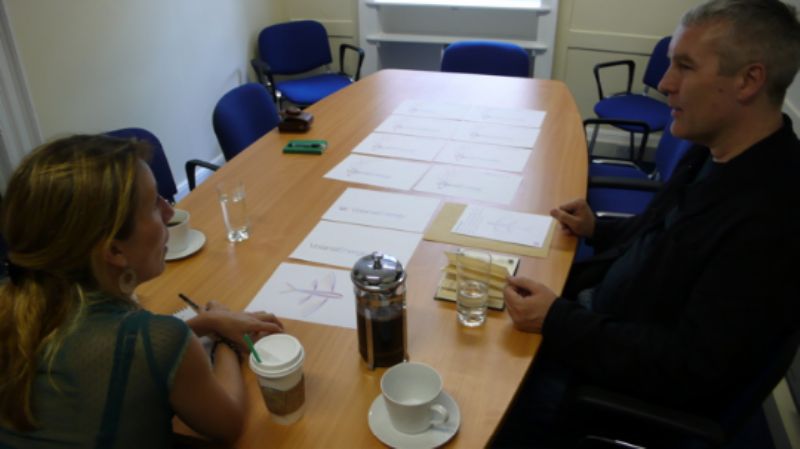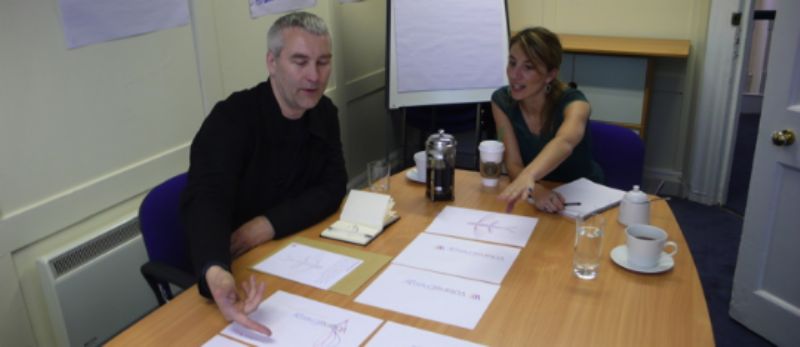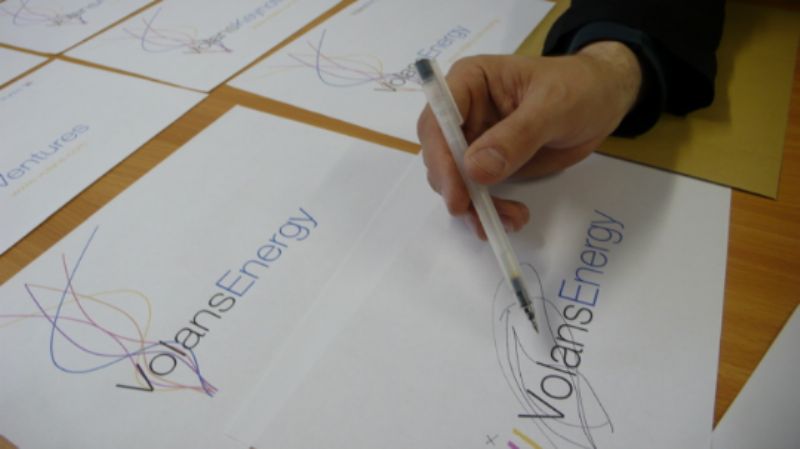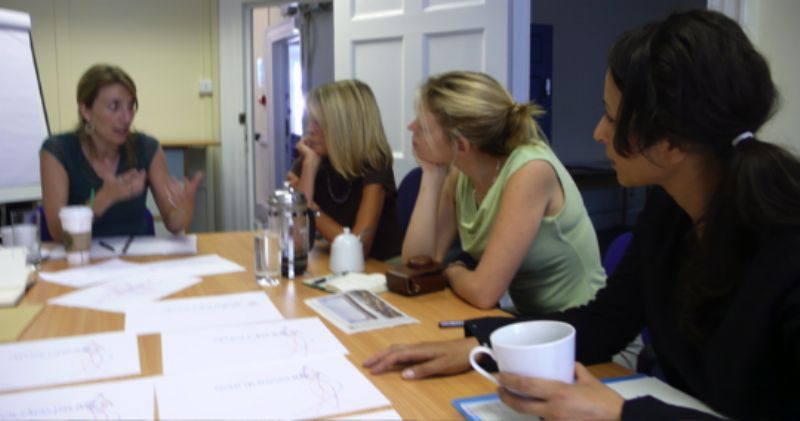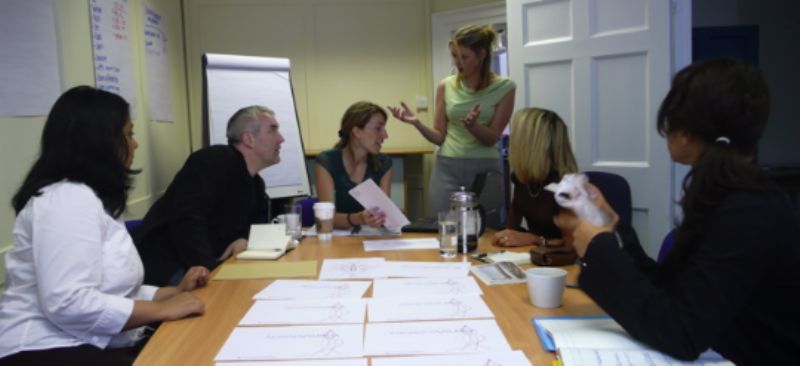Just watched Andrew Marr present two quite stunning programmes, on BBC1 and BBC2, the first on Britain from Above, the second on London ditto. Seeing the pulsing webs of energy, telecommunications and road, air and sea traffic reminded me of the ecosystemic perspectives on landscapes and cities that first drew me to planning in the early 1970s – and then the Abercrombie Plan sequences in the London programme reminded me of some of the reasons why I fled the discipline once I had my M. Phil.
The sequences of London’s Docklands at the same time prompted memories of my solo jaunts around the derelict docks, with my Leica M3, including one early morning horror where I found myself alone in an area of warehousing, triangulated upon by three guard-dogs – two Alsatians and a Doberman. I had to stand in the same spot for an unconscionable time before their owner arrived to liberate me – and chastise me for trespassing.
The sequence of the Luftwaffe bombing the docks was extraordinary, with the aerial photographs catching one stick of bombs splashing into the Thames, but also reminding me of the stick that went along our road in Barnes – and of the day when Elaine was turned out of the house, maybe six or seven years ago, when neighbours digging a hole for a tree about five feet from our kitchen found an unexploded bomb from that same stick.
Some of the best television I have seen in a very long time.


